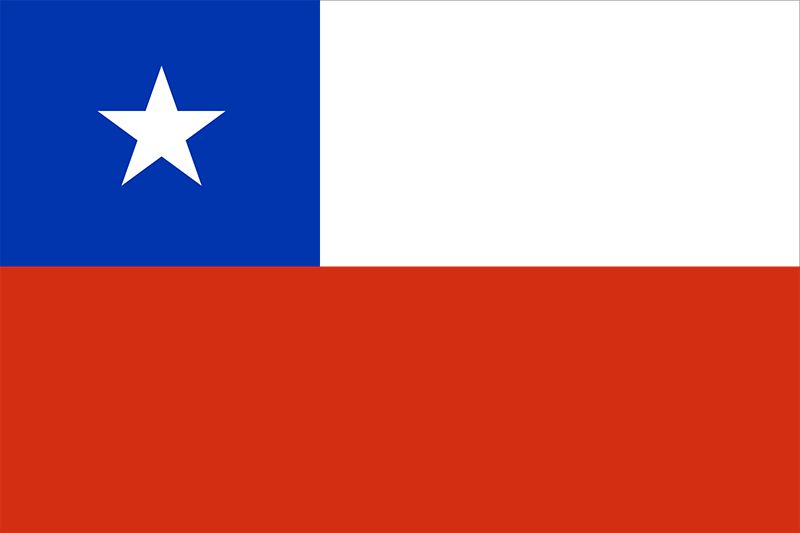flag of Chile

flag of Chile
national flag with a horizontal white stripe over a red stripe; a dark blue canton with a large white star is in the upper hoist corner. The flag’s width-to-length ratio is 2 to 3.In the early 19th century, when Chile took its first steps toward independence from Spain, cockades were worn by many patriotic Chileans in the colours blue, white, and yellow, but the significance of those colours is not known. A tricolour flag based on the cockades was hoisted on September 30, 1812, when the break between Chile and Spain was made official; however, Spanish defeat of the rebels in 1814 terminated use of this flag. When patriot forces under José de San Martín engaged the royalist army three years later, what is now known as the “Flag of Transition” was established. It was apparently formed of three equal horizontal stripes of red, white, and blue. Finally, on October 18, 1817, the flag now in use was established for the emerging republic.
The star is seen as a “guide on the path of progress and honour,” while the blue stands for the sky. The white stripe corresponds to the snow of the Andes Mountains, the red stripe below reminding citizens of the blood of those who sacrificed themselves for the fatherland. In addition historians have noted that the Araucanian Indians of Chile in the 15th century gave sashes of the same three colours to their warriors, although there is no known direct connection with the modern national flag.












